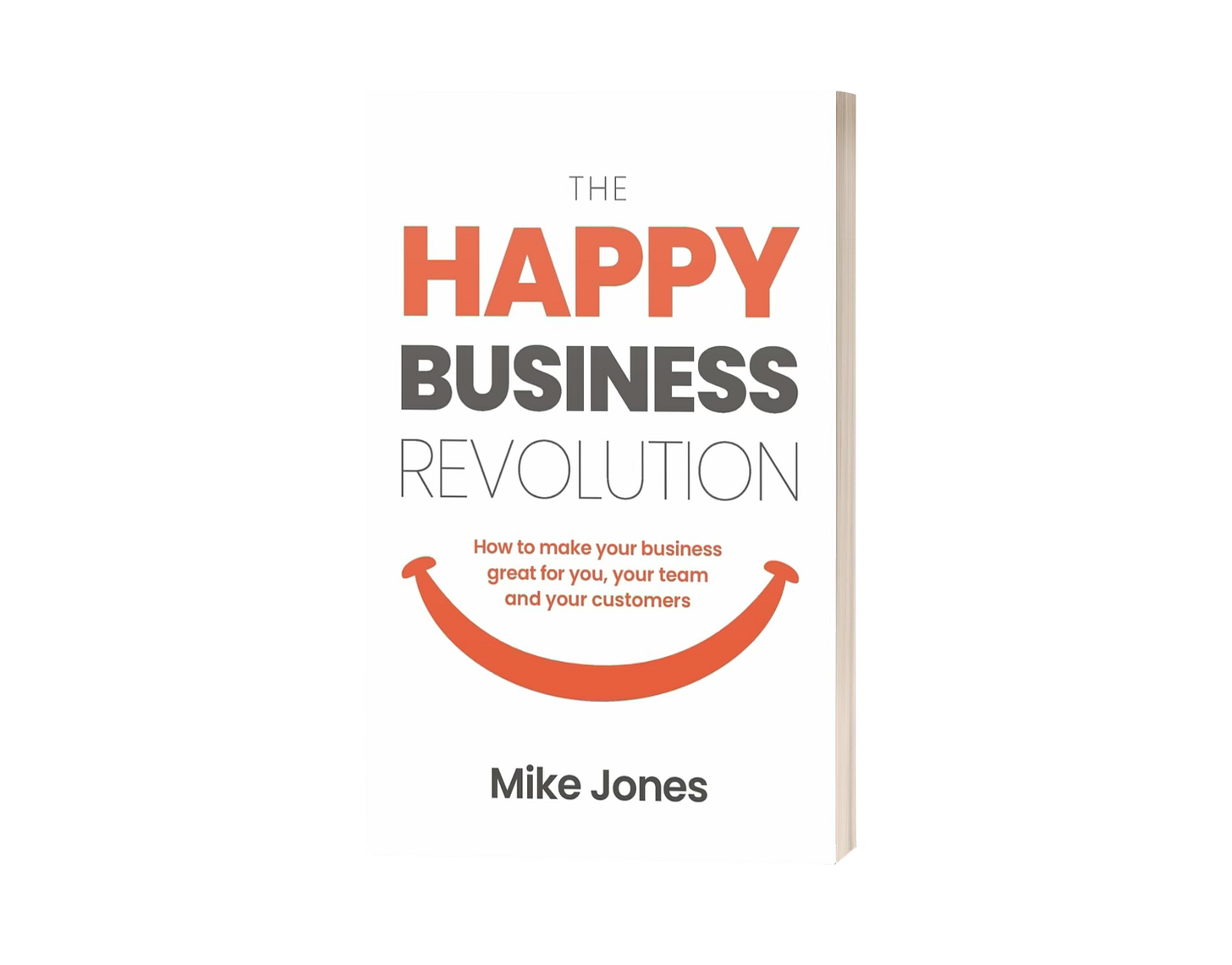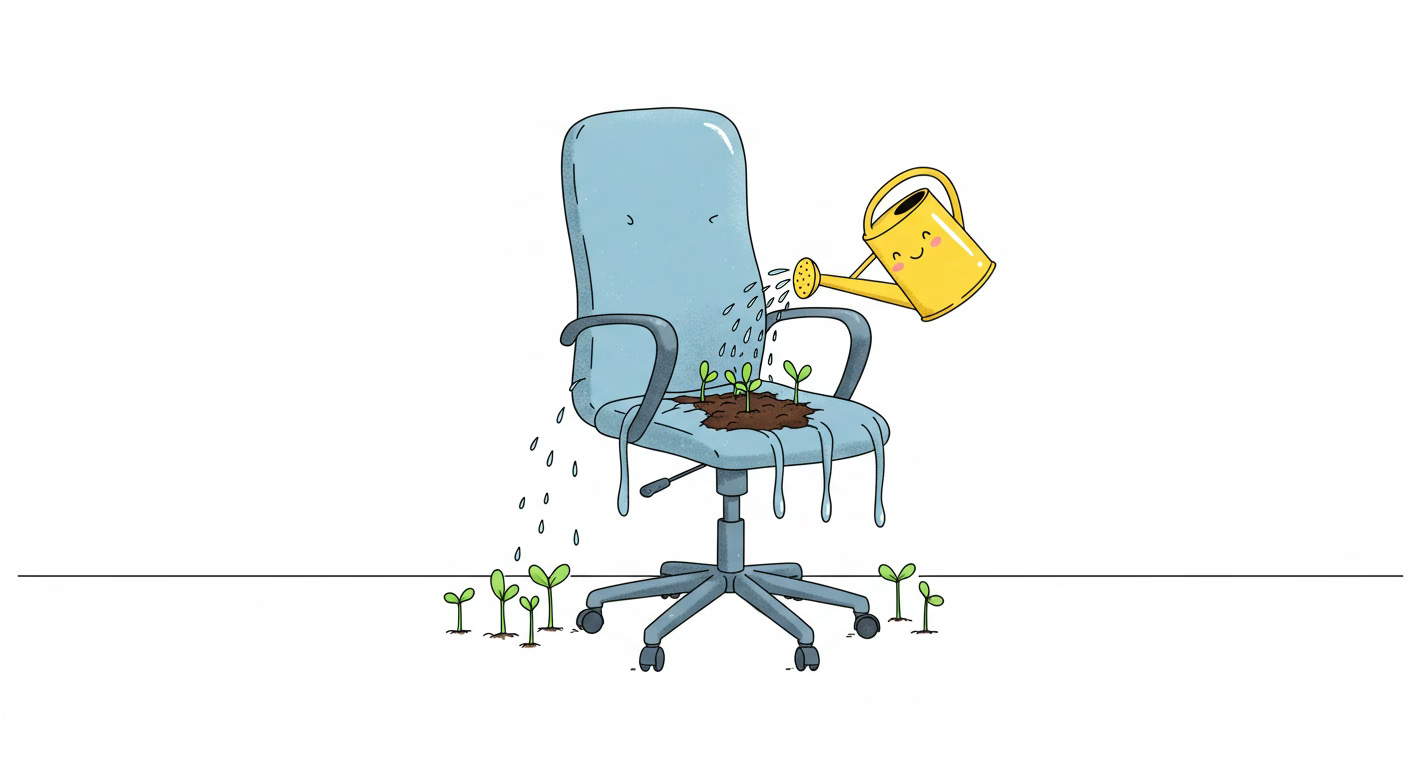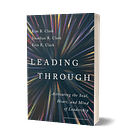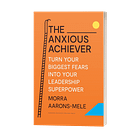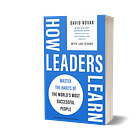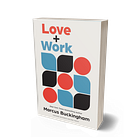You know what no business owner ever says?
“I can’t wait for my team to burn out.” Yet too often, talented people end up exhausted and demoralised within a year.
Work shouldn’t break people. We need to stop building businesses that do.

Two new books landed on my reading list recently, and both confront this problem head-on. Jan-Emmanuel De Neve and George Ward’s Why Workplace Wellbeing Matters uses global data to prove happier teams perform better.
Better Happy Mike Jones’s The Happy Business Revolution shares practical lessons on building companies people genuinely enjoy working at.
Both books offer practical steps for founders committed to lasting success.
The truth? Exhausted teams don’t build exceptional businesses.
Build culture like your business depends on it
As Millennial Master Gemma Price, founder of HubGem, puts it: “Culture is as important to me as profit. It’s non-negotiable.” When she started hiring, she made a conscious choice not to replicate the rigid, inflexible environments she’d experienced. That meant ditching micromanagement, trusting people to own their time, and treating personal responsibilities like real business priorities.
“If my team feels torn between who they really are and who they are at work, there’s a problem.” Her approach? Weekly check-ins, Slack wellbeing channels, and a total ban on internal email.
It’s working. HubGem has been named a Great Place to Work and shortlisted for more than a dozen workplace wellbeing awards, all without a big budget. Just a clear decision to lead differently.
Millennial Master Amy Morris, founder of Pop Up Global, built her business around a different kind of loyalty, the kind that comes from looking after people properly. “We provide a fully paid-for anonymous therapist for anyone working with us,” she said.
Her company even has a dedicated Happiness Officer, whose role is to check in, support cast members, and make sure no one feels disposable. “When someone is poorly, we help them get better. We don’t make them feel like they’ll lose their job if they don’t bounce back fast enough.”
That culture of care extends to growth too: Pop Up runs an Elevate programme to train performers in management skills, helping them move from stage to leadership. For Morris, it’s simple: you build a better business when people feel safe, seen, and supported.
👇🏻 To dig deeper, I broke down both of these books to pull out what actually matters, and I also spoke to Mike Jones himself in an episode of the Millennial Masters podcast.
Millennial Masters is brought to you by Jolt ⚡️ The UK’s top web hosting service
The evidence is clear
De Neve runs the Wellbeing Research Centre, advising the World Happiness Report and the UN International Labour Organisation. His key message in Why Workplace Wellbeing Matters? Workplace wellbeing is measurable, predictable and powerful.
Happier teams are more productive, stay longer, innovate more, and deliver better results. The evidence shows clearly in stock prices, sales growth and customer satisfaction ratings.
In one striking example, data from Gallup and Workday revealed a 13% productivity boost from even modest improvements in employee wellbeing, without adding extra hours or resources.
Yet, wellbeing data rarely makes the boardroom agenda. De Neve argues it belongs right beside revenue and profit margins. If you’re ignoring how your team feels, you’re missing signals that directly predict future performance.
What actually makes people happy at work
Forget gym memberships and office snacks. De Neve breaks down exactly what moves the needle:
Feeling genuinely respected by managers
Clear, meaningful goals people can connect to
Having their voice actually heard
Experiencing steady progress in their work
Having real autonomy over tasks and schedules
All these come down to how you lead. De Neve makes it clear these things must show up practically. If you say you value collaboration, how do your meetings reflect that? Is airtime shared, or do the same voices dominate every call?
He suggests regular, anonymous pulse surveys to uncover what’s really happening, not what managers think is happening. Quick, regular check-ins should focus equally on emotional health and practical tasks. Managers should ask, “How are you feeling about your workload?” as seriously as “What are your targets?”
Goal-setting also needs an upgrade. De Neve suggests explicitly connecting business targets with a deeper purpose. For instance, a sales team doesn’t just chase revenue targets. They help small businesses succeed. When work feels meaningful, productivity and retention rise significantly, as shown by studies he highlights.
HR data can also catch burnout early. De Neve recommends tracking subtle indicators like sleep quality, energy levels, or perceived workload. Small signals, like teams logging longer hours with diminishing results or individuals skipping meetings that previously energised them, point clearly to impending burnout. He advocates wellbeing dashboards to help managers intervene before productivity and morale break.
None of this is about generic wellbeing initiatives. It’s about designing work around what genuinely motivates and sustains your team, backed by clear metrics.
A founder’s-eye view on thriving teams
In The Happy Business Revolution, Mike Jones shares candid lessons about building healthier businesses after experiencing burnout first-hand. Instead of empty perks or buzzword-heavy HR programmes, Jones argues that happier teams start with clarity, trust, and meaningful conversations.
Jones points to leaders who changed their approach to managing people. Becca, a customer experience manager, replaced traditional appraisals with straightforward monthly meetings focused entirely on wellbeing and energy levels. Team members began discussing openly what gave them motivation or caused stress. This simple shift improved morale and allowed early interventions when pressure mounted.
Sarah, a learning manager, moved away from vague, overwhelming goals. She began setting precise, achievable targets linked directly to her team’s core tasks. Clearer expectations reduced confusion and helped employees feel in control of their workload.
For Jones, genuine workplace happiness comes down to leaders paying close attention, asking better questions, and making consistent changes based on real feedback. These everyday adjustments build stronger teams, not quick fixes or motivational slogans.
Why outworking everyone is a terrible strategy 💣 | Mike Jones (Better Happy)
What if your business is thriving… but you’re miserable?
The clear return on happiness
Both authors agree happier workplaces directly improve results. Better wellbeing leads to fewer resignations, higher client satisfaction, improved teamwork, and faster innovation. In tight labour markets, it becomes your strongest competitive edge.
Culture isn’t a nice-to-have. De Neve calls wellbeing a leading indicator. If your teams feel drained, anxious, or overlooked, your business results will soon reflect it. Jones adds practical clarity: happy companies don’t happen by accident. They happen by deliberate design.
Five ways to build a happier business
Make wellbeing a metric: Run quick pulse surveys, track energy and engagement weekly, and review these scores as closely as your revenue.
Upgrade manager skills: Train leaders to spot early signs of stress, ask clearer questions, and step in with practical support before burnout happens.
Tie jobs to real impact: Make sure everyone knows precisely how their work affects real people, not just company targets.
Protect recovery time: Schedule breaks and proper downtime directly into calendars, and respect those boundaries without exceptions.
Let teams lead themselves: Give your people the freedom to organise how they work best, trusting their judgment over rigid rules.
Choose to build, not break
Your business runs on energy. And energy doesn’t come from squeezing people until they snap. De Neve and Jones make one thing clear. Happy people build stronger companies. It’s straightforward and practical. No fluff, no perks for the sake of perks.
Design your business so people genuinely thrive. Check regularly how they’re doing. Give them clarity, purpose, and trust. Treat your team’s energy as your most valuable resource, because it is.
Investing in workplace wellbeing is strategic. Make thoughtful decisions that sustain your team’s health and motivation. That’s how lasting companies grow.




